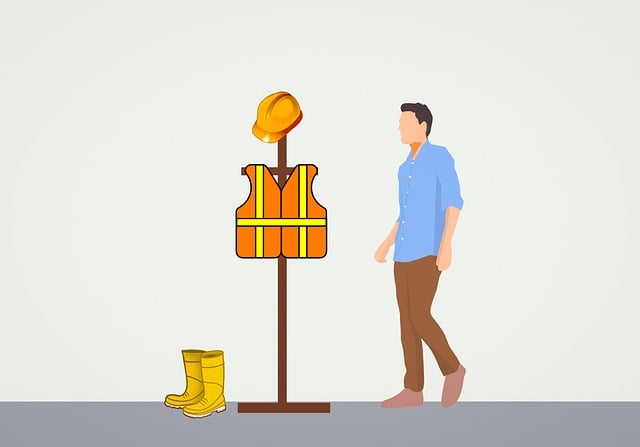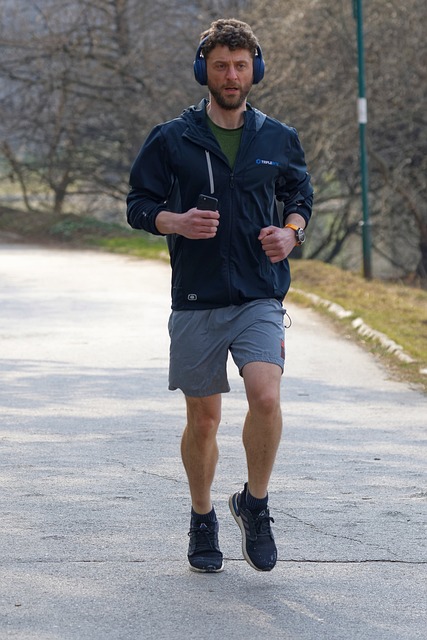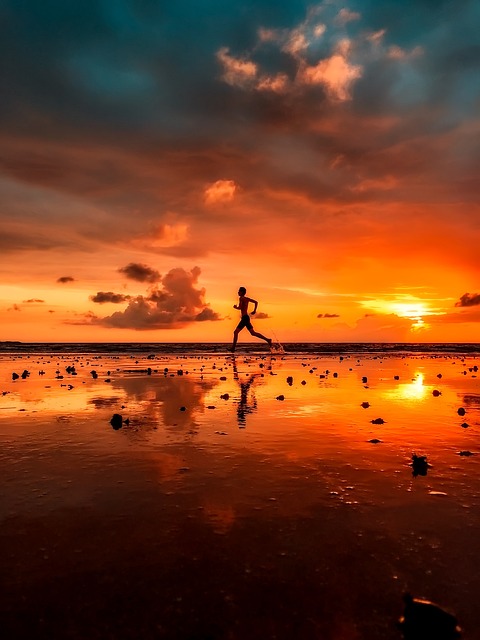Understanding your environment is key to runner safety. Before and during runs, scan surroundings for hazards like uneven terrain, loose debris, and road conditions, especially in high-traffic areas or steep inclines. Pay attention to weather, which can make surfaces slippery or prompt severe weather changes. For personal safety, choose well-lit paths with good visibility, wear reflective clothing, and a headlamp at dawn/dusk. Always stay alert, inform someone about your route and expected return time, especially in unfamiliar areas. Equip yourself with essential running gear: reflective clothing, well-fitting shoes, a secure fanny pack or belt, headlamps, or GPS watches for improved navigation and emergency location capabilities. Layer appropriately in colder months and use light, quick-drying fabrics in warmer climates for comfort and safety. Invest in runner protection apps and consider basic first aid training to manage minor injuries. Stay alert at night, wear reflective clothing, and use designated running paths or sidewalks.
Staying safe while running is paramount. Whether you’re a seasoned marathoner or just starting, understanding your environment and equipping yourself with the right gear can prevent injuries and keep you secure. This guide offers essential runner safety tips and running gear recommendations to enhance your experience. From scanning for potential hazards in your surroundings to selecting protective clothing and learning personal safety strategies, these insights empower you to run confidently and safely.
- Understanding Your Environment: Scanning for Potential Hazards
- Securing Your Running Gear: Essential Items for Safety and Comfort
- Protecting Yourself from the Elements: Clothing and Accessories
- Enhancing Personal Safety: Tips for Running Alone or in Groups
- Navigating Nighttime Runs: Staying Visible and Aware
- First Aid Essentials: Handling Common Running-Related Injuries
Understanding Your Environment: Scanning for Potential Hazards

Understanding your environment is a critical component of runner safety tips. Before and during your run, take a moment to scan your surroundings for potential hazards. Pay attention to road conditions, especially in areas with high traffic or steep inclines. Look out for uneven terrain, loose debris, or any obstacles that could cause tripping or falls. Keep an eye on weather conditions as well; wet surfaces can become slippery, and severe weather may require adjustments to your route or running time.
Additionally, be mindful of your personal safety when running. Choose well-lit paths or streets with good visibility. If you must run at dawn or dusk, consider wearing reflective clothing and a headlamp to increase your visibility to drivers. Stay alert and aware of your surroundings, as even familiar routes can present unforeseen dangers. Always inform someone about your planned route and expected return time, especially when running in unfamiliar areas.
Securing Your Running Gear: Essential Items for Safety and Comfort

Securing your running gear is paramount to ensuring both safety and comfort during your runs. Essential items include high-quality, reflective clothing that enhances visibility, especially when running in low-light conditions. A well-fitting pair of running shoes with adequate cushioning and traction is crucial for preventing injuries and providing stability. Don’t forget a secure fanny pack or belt to carry important essentials like identification, cash, or a phone without compromising your mobility.
Additionally, integrating safety features such as a headlamp or a global positioning system (GPS) watch can offer invaluable running protection advice in case of emergencies. These tools enable you to navigate unfamiliar routes, improve personal safety for runners, and even help emergency services pinpoint your location promptly. Incorporating these essential running gear items into your routine is a proactive step towards enhancing both your running experience and overall runner safety tips.
Protecting Yourself from the Elements: Clothing and Accessories

Running is a fantastic way to stay fit and healthy, but it’s important to prioritize your personal safety for runners, especially when navigating different weather conditions. Protecting yourself from the elements is a crucial aspect of essential running gear and runner safety tips. The right clothing and accessories can make all the difference in keeping you comfortable and safe while on your runs.
For colder months, layering is key. Opt for moisture-wicking base layers to keep sweat away from your skin, followed by insulating mid-layers like fleeces or jackets designed specifically for outdoor activities. Waterproof and breathable outerwear will provide protection against rain and wind. Don’t forget about headwear and gloves—a warm hat and insulated gloves can make running in cold weather more bearable. In warmer climates, light, quick-drying fabrics are ideal to keep you cool and prevent chafing. Sun protection is also vital; wear sunglasses to protect your eyes from the sun’s harmful rays and apply sunscreen regularly.
Enhancing Personal Safety: Tips for Running Alone or in Groups

Running is a great way to stay active and healthy, but it’s essential to prioritize personal safety, especially when running alone or in groups. Here are some valuable tips for enhancing your security while hitting the trails:
When venturing out for a run, ensure you have the right essential running gear. Wearing reflective clothing, especially during early morning or evening runs, can significantly improve visibility and reduce the risk of accidents. Consider investing in a good quality headlamp or carrying a flashlight if you’re running in low-light conditions. Additionally, using a runner protection app that allows others to track your route and real-time location is an excellent way to ensure someone knows where you are.
Navigating Nighttime Runs: Staying Visible and Aware

Navigating Nighttime Runs requires a heightened sense of awareness and proper gear to ensure runner safety tips are followed. When the sun sets, it becomes more challenging for drivers to spot runners on the road. Therefore, incorporating reflective clothing and accessories into your essential running gear is crucial personal safety for runners. Bright colors and materials designed to reflect light can significantly increase visibility, providing running protection advice that could prevent accidents.
Additionally, using a headlamp or carrying a flashlight can further enhance your safety during nighttime runs. Not only do these devices illuminate your path, but they also signal to drivers that you are an active runner on the road. Remembering to stay alert and aware of your surroundings is perhaps the most vital runner protection tip. Be mindful of traffic patterns, and always use designated running paths or sidewalks whenever possible.
First Aid Essentials: Handling Common Running-Related Injuries

Running is an excellent form of exercise, but it comes with its fair share of risks and potential injuries. Being prepared with the right knowledge and gear can significantly enhance a runner’s safety and recovery process. Familiarizing yourself with basic first aid techniques is an essential part of runner safety tips. Common running-related injuries include sprains, strains, blisters, muscle cramps, and even more severe conditions like tendonitis or fractures.
Having a well-stocked first aid kit tailored for runners is crucial. It should include items such as bandages, pain relievers, antiseptic wipes, blister treatments, and ice packs. Knowing how to apply these in the event of an injury can provide immediate running protection advice. For more serious conditions, seeking medical attention promptly is vital. Runners should also be mindful of their surroundings and personal safety for runners, especially when running in unfamiliar or remote areas.






